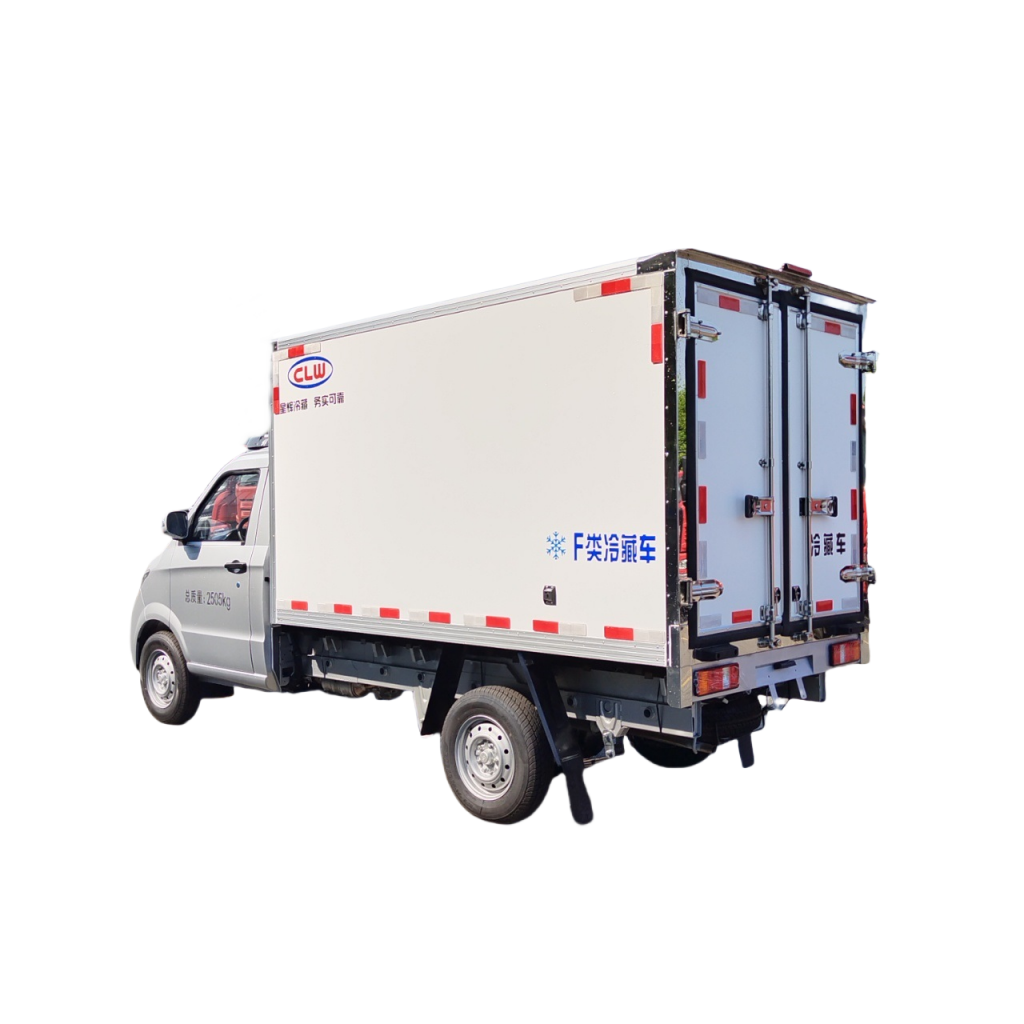Introduction
Box trucks play a crucial role in the transportation industry, serving as a reliable mode of transporting goods across various distances. As businesses strive to minimize operating costs and reduce their environmental impact, improving box truck fuel efficiency has become a top priority. In this comprehensive guide, we will explore the factors that influence fuel efficiency in box trucks and provide practical strategies to help fleet managers and drivers optimize their fuel economy.
Understanding Box Truck Fuel Efficiency
Fuel efficiency in box trucks refers to the amount of fuel consumed per unit of distance traveled. Several factors contribute to the fuel efficiency of a box truck, including vehicle design, driving behavior, maintenance practices, and external conditions. By addressing these factors systematically, businesses can enhance their fuel efficiency, leading to cost savings and reduced carbon emissions.
Factors Affecting Box Truck Fuel Efficiency
1. Vehicle Design:
The design of a box truck significantly impacts its fuel efficiency. Factors such as aerodynamics, weight, engine size, and drivetrain configuration play a crucial role in determining how efficiently the vehicle utilizes fuel. Garbage truck inspection checklist are continually innovating to improve the aerodynamics of box trucks, reduce weight through the use of lightweight materials, and develop more fuel-efficient engines to enhance overall performance.
2. Driving Behavior:
Driver behavior has a substantial impact on fuel efficiency. Aggressive driving, such as rapid acceleration, harsh braking, and excessive idling, can significantly increase fuel consumption. By promoting eco-driving techniques among drivers, fleet managers can help improve fuel efficiency. Techniques such as maintaining a steady speed, avoiding sudden maneuvers, and reducing idle time can lead to substantial fuel savings over time.
3. Maintenance Practices:
Regular maintenance is essential for ensuring optimal fuel efficiency in box trucks. Properly inflated tires, clean air filters, and timely engine tune-ups can all contribute to improved fuel economy. Neglecting maintenance tasks can lead to decreased performance and increased fuel consumption. Fleet managers should implement a proactive maintenance schedule to keep box trucks in top condition and maximize fuel efficiency.
4. External Conditions:
External factors, such as weather conditions, road terrain, and traffic congestion, can also influence box truck fuel efficiency. Driving in adverse weather conditions, navigating hilly terrain, or getting stuck in traffic jams can all lead to higher fuel consumption. While some external factors are beyond the driver's control, adopting strategies to mitigate their impact can help improve overall fuel efficiency.
Strategies for Maximizing Box Truck Fuel Efficiency
1. Route Planning:
Efficient route planning is essential for optimizing fuel efficiency in box trucks. By selecting the most direct and traffic-free routes, drivers can minimize mileage and reduce fuel consumption. Utilizing GPS technology and route optimization software can help fleet managers identify the most fuel-efficient paths for their box trucks, leading to cost savings and improved operational efficiency.
2. Load Optimization:
Properly loading a box truck is crucial for maintaining fuel efficiency. Overloading a vehicle can strain the engine and increase fuel consumption, while underloading can result in unnecessary weight and aerodynamic drag. Fleet managers should educate drivers on the importance of loading guidelines and ensure that cargo is distributed evenly to achieve optimal balance and fuel efficiency.
3. Eco-Driving Training:
Training drivers in eco-driving techniques can have a significant impact on fuel efficiency. By promoting smooth acceleration, gentle braking, and efficient gear shifting, drivers can reduce fuel consumption and minimize wear and tear on the vehicle. Fleet managers should provide ongoing eco-driving training to empower drivers to make fuel-efficient choices behind the wheel.
4. Vehicle Maintenance:
Regular maintenance is key to ensuring peak fuel efficiency in box trucks. Fleet managers should establish a comprehensive maintenance schedule that includes routine inspections, oil changes, filter replacements, and tune-ups. By proactively addressing maintenance issues, businesses can prevent costly breakdowns, optimize performance, and enhance fuel efficiency.
5. Aerodynamic Enhancements:
Improving the aerodynamics of a box truck can lead to significant fuel savings. Simple modifications, such as installing side skirts, roof fairings, and aerodynamic mirrors, can reduce drag and improve fuel efficiency. Fleet managers can explore aerodynamic enhancement options to enhance the overall performance of their box trucks and achieve long-term cost savings.
6. Fuel Monitoring Systems:
Implementing fuel monitoring systems can help fleet managers track fuel consumption, identify inefficiencies, and optimize fuel usage. By analyzing real-time data on fuel consumption, idle time, and driving patterns, businesses can make informed decisions to improve fuel efficiency. Fuel monitoring systems provide valuable insights that enable businesses to reduce costs and minimize their environmental footprint.

7. Alternative Fuels:
Exploring alternative fuel options can offer a sustainable solution for improving box truck fuel efficiency. Biofuels, natural gas, and electric powertrains are viable alternatives to traditional diesel fuel, offering reduced emissions and lower operating costs. Businesses can evaluate the feasibility of transitioning to alternative fuels to achieve long-term sustainability goals and enhance their competitive edge in the market.
Conclusion
Maximizing fuel efficiency in box trucks is a multifaceted endeavor that requires a holistic approach encompassing vehicle design, driving behavior, maintenance practices, and strategic initiatives. By implementing the strategies outlined in this guide, businesses can optimize their fuel economy, reduce operating costs, and contribute to a greener, more sustainable future. With a commitment to continuous improvement and innovation, fleet managers and drivers can drive positive change in the transportation industry and make a lasting impact on both their bottom line and the environment.
